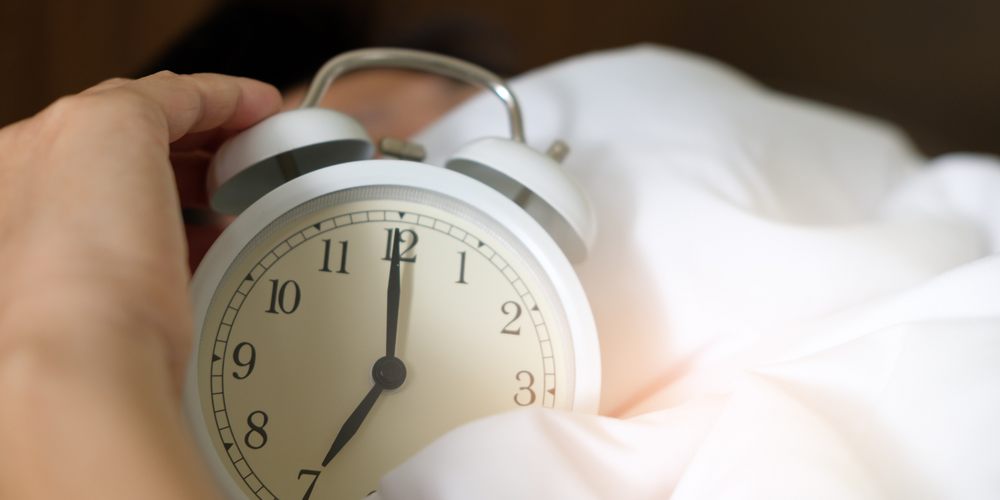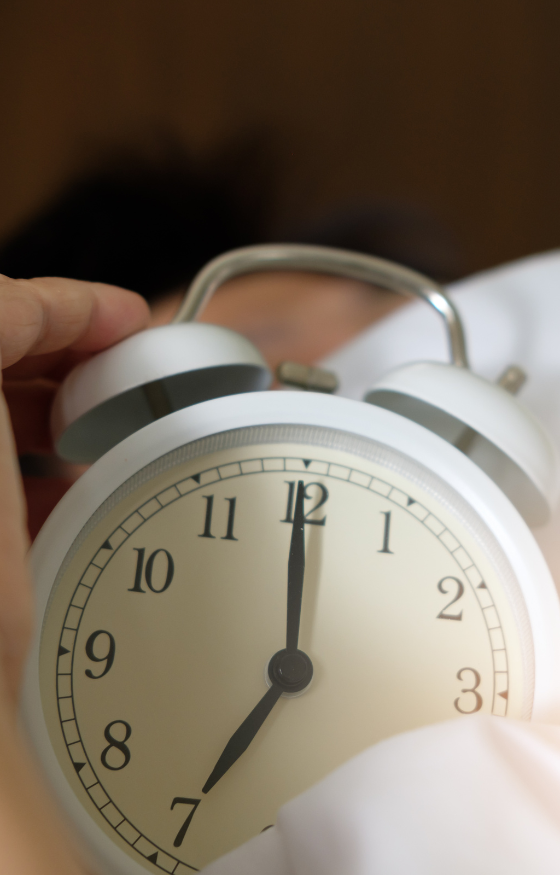Get 20% off 2 or more full priced Baxters or Wellbeing products! Add another full priced item below and a 20% discount will be applied to your overall order at checkout. That's right, 20% OFF your order!
Choose a category


Navigating the End of Daylight Saving Time
24.03.24
As the vibrant hues of autumn paint the skies, it's that time of the year again for Aussies and Kiwis to say goodbye to daylight saving time. On Sunday the 7th April, we'll rewind our clocks by an hour, except for our friends in Queensland, Northern Territory, and Western Australia, who blissfully remain untouched by this temporal shift.
Sure, gaining an extra hour of sleep sounds like a dream come true (cue the rejoicing!), but let's not be fooled into thinking we'll magically bounce out of bed full of beans for the week ahead. The truth is, this transition can throw a wrench into our sleep patterns, leaving us feeling groggy and out of sorts, despite the bonus snooze time.
This year, with more of us adapting to remote work setups, the switch poses an even greater challenge. Balancing work-life boundaries and managing sleep schedules becomes a delicate dance, and turning in an hour later only adds to the complexity.
The Why Behind Daylight Saving
Daylight saving time (DST) is our collective effort to extend daylight during the evenings of the summer months, allowing us to bask in the sun a little longer. This shift not only fosters after-work social gatherings and beach visits but also contributes to reduced energy consumption. Australian power companies report a decrease in electricity use by about 5% during DST, as people take advantage of the extended daylight for outdoor activities, thus cutting down on lighting and appliance use.
A Peek into Australia's Daylight Saving History
Daylight saving time in Australia has a varied history. It was first introduced during World War I, led by Tasmania in 1916. After the war, it was discontinued. In 1942, during World War II, it was reinstated nationally to conserve energy but ended shortly after the war.
Since the 1970s, most states and territories have regularly observed daylight saving time from October to April. However, some regions, like Queensland, Western Australia, and the Northern Territory, choose not to participate due to concerns about its impact on businesses and agriculture.

Understanding the Impact on Our Bodies
It might seem like a minor adjustment, but shifting our entire day back by just 60 minutes can wreak havoc on our internal clocks. Mornings feel eerily premature, while the early curtain call of daylight can cast shadows on our mood and energy levels by late afternoon.
Our bodies operate on a finely tuned circadian rhythm, orchestrated by the ebb and flow of light. When darkness falls, our brains kick into gear, releasing melatonin to gently lull us into slumber. But with daylight saving's finale, this delicate balance is disrupted. Dr. Yvonne Harrison from Liverpool John Moores University in England discovered that we often lose precious sleep in the aftermath, leading to mood swings and increased stress. Moreover, the roads witness a surge in drowsy driving incidents—a stark reminder of the toll on our well-being.
Tips for a Seamless Transition
Here are some strategies to help you reset your internal clock and embrace the change:
Ease into the Transition: Instead of abruptly adjusting your bedtime on the night the clocks change, start gradually shifting your sleep schedule a few days beforehand. Aim to go to bed 15 to 30 minutes earlier each night leading up to the end of daylight saving time. This gradual approach can help your body adapt more smoothly to the time change.
Mind Your Environment: Take proactive steps to create a conducive sleep environment. Keep your bedroom cool, dark, and quiet to promote quality sleep. Consider using blackout curtains to block out any extra daylight in the mornings and invest in a white noise machine to drown out any disruptive sounds.
Stick to a Routine: Establishing a consistent bedtime routine signals to your body that it's time to wind down and prepare for sleep. Whether it's reading a book, practicing relaxation techniques, or taking a warm bath, find activities that help you relax and unwind before bed.
Limit Screen Time: The blue light emitted by electronic devices can interfere with your body's production of melatonin, the hormone that regulates sleep. Minimize your exposure to screens—such as smartphones, tablets, and computers—at least an hour before bedtime to help your brain transition into sleep mode more effectively.
Prioritise Self-Care: In the days leading up to the end of daylight saving time, prioritise self-care practices that support your overall well-being. Engage in regular exercise, eat a balanced diet, and carve out time for activities that bring you joy and relaxation. Taking care of your physical and mental health can help mitigate the effects of sleep disruptions.
By implementing these strategies and approaching the end of daylight saving time with intentionality, you can minimize the impact on your sleep and smoothly transition into the new season. Embrace the opportunity to recalibrate your internal clock and nurture your well-being as you prepare to welcome the cooler months ahead.

